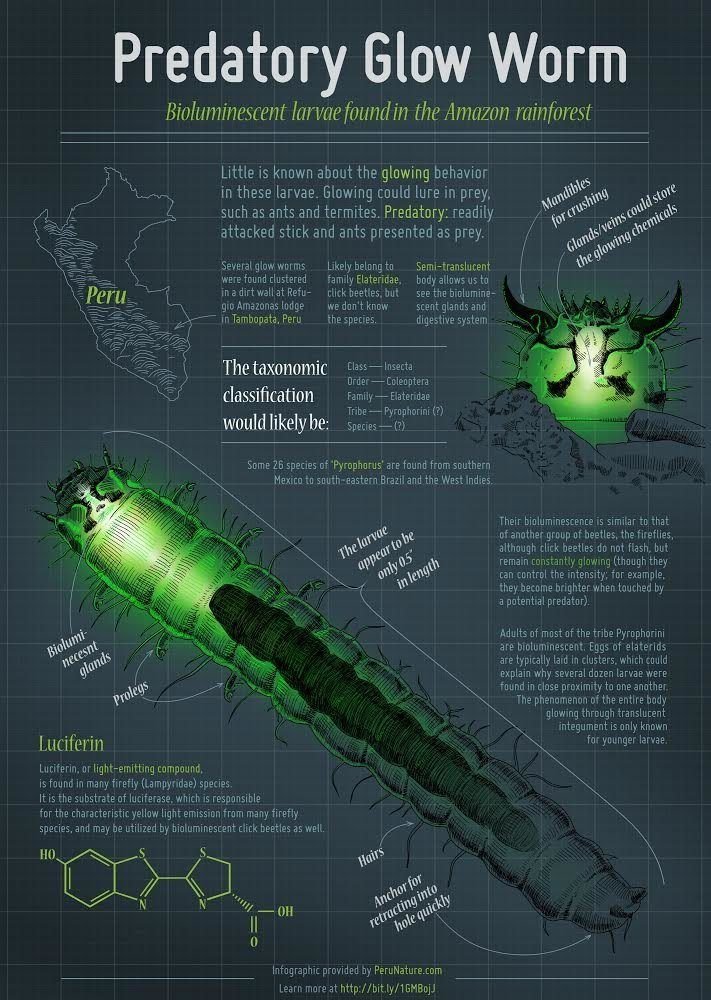
Much like a delicate web, the ecosystem supporting glowworms can be easily disrupted. Imagine a busy kitchen where a chef is making a special dish. If one ingredient goes missing, the entire meal might flop. Similarly, glowworms rely on a balance within their environment. If predators increase or their habitat deteriorates, it can lead to a significant decline in their numbers. Let’s explore some of the main threats to glowworms, and what these mean for their future.
Understanding Glowworm Habitats
Glowworms thrive in moist, sheltered environments often found in caves, forests, or near rivers. These habitats provide the right conditions for their development. They need darkness and humidity to grow, as well as abundant food sources. Typically, glowworms feed on small insects that fly into their sticky silk threads, which they produce to capture prey.
The temperature and humidity in these environments also play a crucial role in their survival. If the climate changes, with less rain or more heatwaves, their habitats may dry out, making it difficult for glowworms to thrive. Picture trying to grow a garden in a drought—without water, everything wilts. Similarly, when water sources dry up, glowworm populations can dwindle.
Understanding where glowworms live and what they need is essential for their conservation. Protecting these habitats means protecting the glowworms themselves. However, it’s not just their homes that are at risk.
Predators: The Natural Threats
One of the most significant threats to glowworms comes from their natural predators. Birds, spiders, and other insects see glowworms as a tasty snack. Birds, in particular, are enthusiastic hunters, swooping down from above to snatch these glowing larvae. Imagine you’re at a party, and suddenly someone starts taking the snacks you brought—it’s a tough situation for the glowworms when predators invade their space.
Glowworms are not equipped with strong defenses; they rely on their environment for protection. The dim light of their glow helps them attract mates, but it also exposes them to hungry eyes. If the number of predators increases in a given area, glowworm populations can decrease rapidly. This natural balance can become skewed, leading to significant population declines.
To add to this, habitat disruption can push predators into areas where glowworms are more common. When their natural environments are compromised, these insects may find themselves in a fight for survival.
Climate Change and Its Impact
Climate change is another formidable adversary for glowworm populations. As global temperatures rise, weather patterns shift, affecting the delicate ecosystems where glowworms live. Increased temperatures and changes in rainfall can disrupt their breeding cycles. Think of it like trying to dance to a song with a sudden tempo change; the rhythm is thrown off, and everything becomes chaotic.
Moreover, climate change can lead to habitat loss. Flooding, drought, and wildfires are becoming more common, destroying the lush environments that glowworms depend on. Without suitable habitats, survival becomes increasingly difficult for these little insects. This is a concern not just for glowworms, but for the entire ecosystem that relies on them.
Extensive research indicates that if we don’t make changes to combat climate change, many insect populations, including glowworms, could experience severe declines or even extinction. It’s a reminder that our actions have far-reaching implications.
Pollution and Its Consequences
Pollution poses another threat to glowworm populations. Water pollution, in particular, can have devastating effects on their habitats. When chemicals and waste enter rivers and streams, they can alter the water quality, making it unsafe for glowworms and the insects they feed on.
Imagine swimming in a pool full of murky water—it’s not just unpleasant, it’s unsafe. For glowworms, polluted water can mean a toxic environment where they can’t thrive. Many glowworm species are sensitive to changes in their surroundings, and pollution can lead to a decline in their numbers.
Furthermore, light pollution can disrupt their natural behaviors. Glowworms are attracted to darkness, and excess artificial light can interfere with their mating rituals and predation patterns. This confusion can make finding food and partners difficult, further threatening their survival.
Conservation Efforts and Their Importance
Given the threats to glowworm populations, conservation efforts are crucial. Many organizations are working to protect their habitats, especially in areas where glowworms are known to thrive. This involves preserving existing habitats and restoring areas that have been damaged.
Community involvement plays a significant role here. Local campaigns can help raise awareness about the importance of glowworms and the ecosystems they inhabit. People can participate in clean-up efforts, habitat restoration projects, or educational programs that teach others about these fascinating insects.
Every little bit counts. If we can create a supportive environment for glowworms, we can help ensure their survival. Protecting glowworms is not just about saving one species; it’s about maintaining the health of the entire ecosystem.
What You Can Do to Help
You might be wondering, “What can I do to help glowworms?” There are several simple steps you can take!
- Reduce Pollution: Be mindful of waste disposal and try to use eco-friendly products. Reducing your carbon footprint can have a positive impact on the environment.
- Support Conservation Groups: Many organizations work tirelessly to protect glowworm habitats. Consider donating or volunteering to help their efforts.
- Get Involved in Local Clean-ups: Participating in community clean-up events can directly help protect the ecosystems where glowworms live.
- Educate Others: Share what you’ve learned about glowworms with friends and family. The more people understand, the easier it is to make a difference.
Small actions can lead to significant changes, especially when it comes to protecting vulnerable species like glowworms.
The challenges glowworms face—from predators and climate change to pollution—are daunting. However, there’s still hope. By understanding these threats and taking action, we can help create a brighter future for these enchanting insects. It’s a team effort, after all. When we look out for the little creatures in our environment, we’re ultimately looking out for ourselves and the health of our planet.
So next time you think about those little flickering lights in nature, remember that each glowworm is a reminder of the delicate balance we need to maintain. Let’s protect their homes, support conservation efforts, and make sure these magical insects continue to light up our nights for generations to come.

